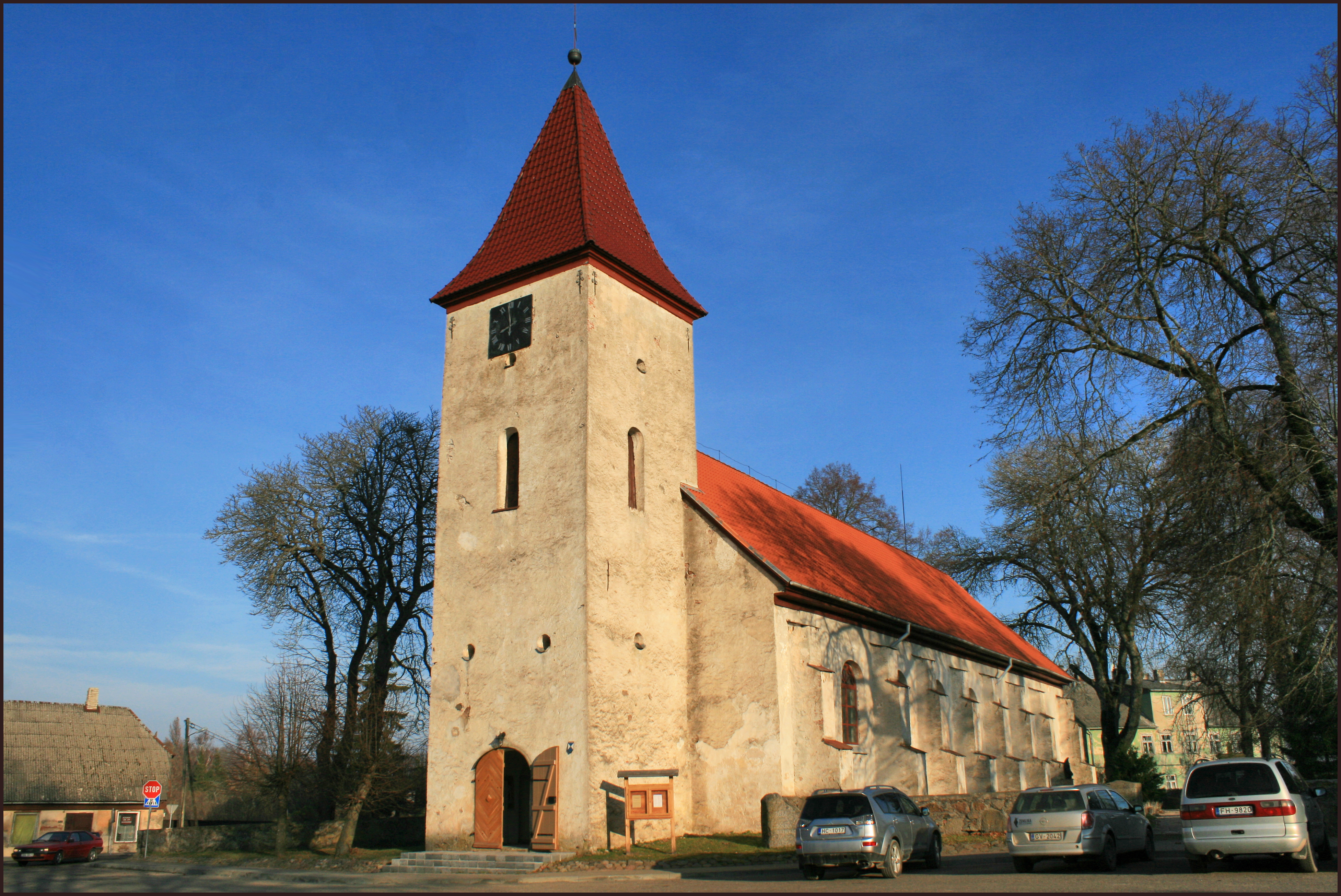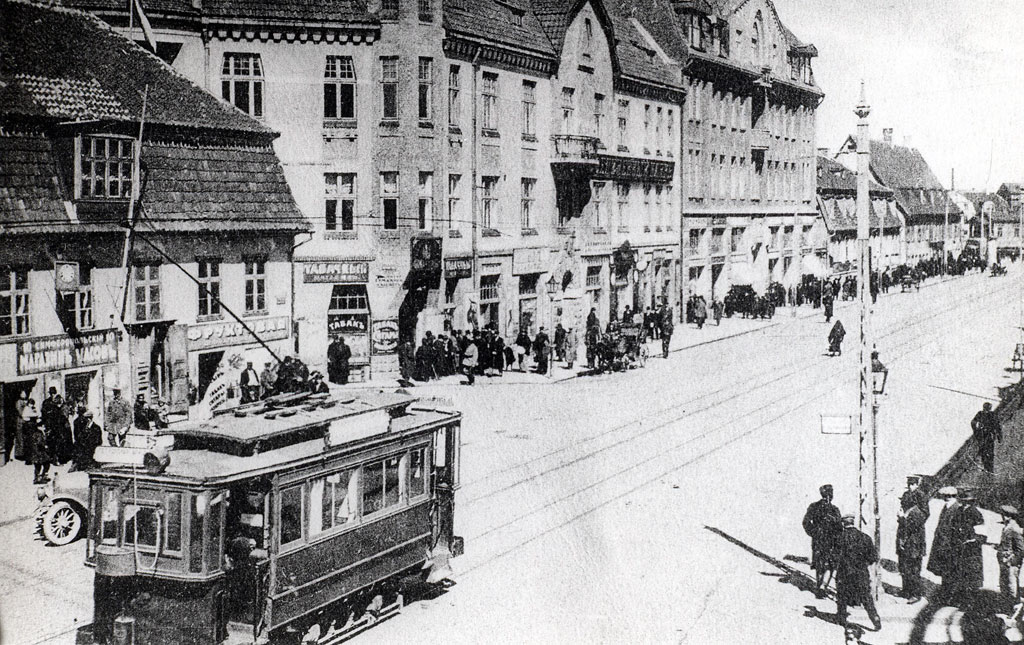|
A9 (Latvia)
The A9 is a List of National Roads in Latvia, national road in Latvia connecting Riga to third largest city of Latvia, Liepāja through Skulte, also known as Liepāja highway in Latvia. The road is part of Latvian TEN-T road network. After Liepāja, the road turns in to A11 road (Latvia), Latvian A11. The length of A9 in Latvian territory is 200 kilometers. Currently A9 has 1x1 lanes in all its length. The current speed limit is 90 km/h. It is planned that around year 2020 all at-grade intersections with A9, in the segment from Riga to Jaunbērze, would be removed, and two-level ones would be built instead, with an option to widen the A9 to 2x2 lanes in further future. from Riga until Jaunbērze, The average AADT of A9 in 2024 was 7,244 cars per day. References Roads in Latvia, A09 {{Latvia-transport-stub ... [...More Info...] [...Related Items...] OR: [Wikipedia] [Google] [Baidu] |
Riga
Riga ( ) is the capital, Primate city, primate, and List of cities and towns in Latvia, largest city of Latvia. Home to 591,882 inhabitants (as of 2025), the city accounts for a third of Latvia's total population. The population of Riga Planning Region, Riga metropolitan area, which stretches beyond the city limits, is estimated at 847,162 (as of 2025). The city lies on the Gulf of Riga at the mouth of the Daugava (river), Daugava river where it meets the Baltic Sea. Riga's territory covers and lies above sea level on a flat and sandy plain. Riga was founded in 1201, and is a former Hanseatic League member. Riga's historical centre is a UNESCO World Heritage Site, noted for its Art Nouveau/Jugendstil architecture and 19th century wooden architecture. Riga was the European Capital of Culture in 2014, along with Umeå in Sweden. Riga hosted the 2006 Riga summit, 2006 NATO Summit, the Eurovision Song Contest 2003, the 2013 World Women's Curling Championship, and the 2006 IIHF Wo ... [...More Info...] [...Related Items...] OR: [Wikipedia] [Google] [Baidu] |
Kalvene
Kalvene Parish () is an administrative unit of South Kurzeme Municipality, Latvia. The parish has a population of 803 (as of 1/07/2010) and covers an area of 118.9 km2. History On the territory of present Kalvene parish there were historically Kalwen manor, Krussat-Drogen manor, Groß-Drogen manor, Tels-Paddern manor house, Perbohn manor. In 1935, the area of Kalvene parish (till 1925, Tashu-Padure parish) was 134 km2. In 1945 the village councils of Kalvene, Boja and Lieldrog were established, but in 1949 the villages were dissolved. In 1954 the village of Lieldrog was added to Kalvene village, in 1958 the territory of Kazdanga Kazdanga (German: ''Katzdangen'') is a larger village, the administrative center of the Kazdanga Parish of South Kurzeme Municipality in the Courland region of Latvia. its population is 527. It is located in the northern part of the parish on t ... village collective farm "Tebra", in 1968 part of Vecpils and Krote village collective farm ... [...More Info...] [...Related Items...] OR: [Wikipedia] [Google] [Baidu] |
Jaunbērze
Jaunbērze is a village in southern Latvia, the administrative center of Jaunbērze Parish of Dobele Municipality, in the Semigallia region. Until July 1, 2009, it was part of Dobele District. The distance to the city of Dobele Dobele (; ) is a town in the Semigallia region of Latvia. It is located near the center of Latvia on the banks of the river Bērze. It received town rights in 1917 whilst being a part of the German occupied Courland Governorate during the First ... is 14 km, and to Riga is 61 km. References Populated places in Dobele Municipality Villages in Semigallia {{Zemgale-geo-stub ... [...More Info...] [...Related Items...] OR: [Wikipedia] [Google] [Baidu] |
TEN-T
The Trans-European Transport Network (TEN-T) is a planned network of roads, railways, airports and water infrastructure in the European Union. The TEN-T network is part of a wider system of Trans-European Networks (TENs), including a telecommunications network (eTEN) and a proposed energy network (TEN-E or Ten-Energy). The European Commission adopted the first action plans on trans-European networks in 1990.timeline of TEN-T priority axes and projects as of 2005 , p. 7, PDF document, 14 MB TEN-T envisages coordinated improvements to primary roads, railways, inland waterways, airports, seaports, inland ports and traffic management systems, providing integrated and intermodal long-distance, high-speed routes. A decision to adopt TEN-T was made by the ... [...More Info...] [...Related Items...] OR: [Wikipedia] [Google] [Baidu] |
Latvia
Latvia, officially the Republic of Latvia, is a country in the Baltic region of Northern Europe. It is one of the three Baltic states, along with Estonia to the north and Lithuania to the south. It borders Russia to the east and Belarus to the southeast, and shares a Maritime boundary, maritime border with Sweden to the west. Latvia covers an area of , with a population of 1.9million. The country has a Temperate climate, temperate seasonal climate. Its capital and List of cities and towns in Latvia, largest city is Riga. Latvians, who are the titular nation and comprise 65.5% of the country's population, belong to the ethnolinguistic group of the Balts and speak Latvian language, Latvian. Russians in Latvia, Russians are the most prominent minority in the country, at almost a quarter of the population; 37.7% of the population speak Russian language, Russian as their native tongue. After centuries of State of the Teutonic Order, Teutonic, Swedish Livonia, Swedish, Inflanty Voi ... [...More Info...] [...Related Items...] OR: [Wikipedia] [Google] [Baidu] |
Durbe
Durbe (; , , , ''Durbe''/Дурбен ''Durben'') is a town in South Kurzeme unicipality, in the Courland region of Latvia. Durbe was first noted in 1260, when the Battle of Durbe occurred near Lake Durbe. As of 2020, the population was 492. Town rights were granted to Durbe in 1893 and confirmed in 1917. Durbe manor served as the headquarters of a German brigade in 1917. The town's coat of arms was granted in 1925: a silver apple tree with seven apples, one for each day of the week. The tree represents the Durbe Apple Orchards, created in the early 20th century by the mayor and city gardener Sīmanis Klēvers. In Latvian folklore, an apple tree is also considered a magical source of youth and sympathy. The city flag was adopted in 2016. Notable people *Zigfrīds Anna Meierovics (1887–1925), prime minister of Latvia and minister of foreign affairs of Latvia See also *List of cities in Latvia There are 10 cities (, "state city", ) and 71 towns (, "municipality town", ) i ... [...More Info...] [...Related Items...] OR: [Wikipedia] [Google] [Baidu] |
A11 Road (Latvia)
The A11 is a road in Latvia connecting Liepāja to the border with Lithuania Lithuania, officially the Republic of Lithuania, is a country in the Baltic region of Europe. It is one of three Baltic states and lies on the eastern shore of the Baltic Sea, bordered by Latvia to the north, Belarus to the east and south, P ... near the village of Rucava. References A11 {{Latvia-transport-stub ... [...More Info...] [...Related Items...] OR: [Wikipedia] [Google] [Baidu] |
Liepāja
Liepāja () (formerly: Libau) is a Administrative divisions of Latvia, state city in western Latvia, located on the Baltic Sea. It is the largest city in the Courland region and the third-largest in the country after Riga and Daugavpils. It is an important ice-free port. In the 19th and early 20th century, it was a favourite place for sea-bathers and travellers, with the town boasting a fine park, many pretty gardens and a theatre. Liepāja is however known throughout Latvia as the "City where the wind is born", likely because of the constant sea breeze. A song of the same name () was composed by Imants Kalniņš and has become the anthem of the city. Its reputation as the windiest city in Latvia was strengthened with the construction of the largest wind farm in the nation (33 Enercon wind turbines) nearby. Liepāja is chosen as the European Capital of Culture in 2027. Names and toponymy The name is derived from the Livonian language, Livonian word ''Liiv,'' which means "sand" ... [...More Info...] [...Related Items...] OR: [Wikipedia] [Google] [Baidu] |
Grobiņa
Grobiņa (; ) is a town in South Kurzeme Municipality in the Courland region of Latvia, eleven kilometers east of Liepāja. It was founded by the Teutonic Knights in the 13th century. Some ruins of their Grobina castle are still visible. The town was given its charter in 1695. During the Early Middle Ages, Grobiņa (or Grobin) was the most important political centre on the territory of Latvia. There was a centre of Scandinavian settlement on the Baltic Sea, comparable in many ways to Hedeby and Birka but probably predating them both. About 3,000 surviving burial mounds contain the most impressive remains of the Vendel Age in Northern Europe. Scandinavian settlement The settlement at Grobin was excavated by Birger Nerman in 1929 and 1930. Nerman found remains of an earthwork stronghold, which had been protected on three sides by the Ālande River. Three Vendel Age cemeteries may be dated to the period between 650 and 800 AD. One of them was military in character and ana ... [...More Info...] [...Related Items...] OR: [Wikipedia] [Google] [Baidu] |
Skrunda
Skrunda (; ) is a town in the Courland region of Latvia. It lies 150 km (95 mi) west of the capital city Riga in Kuldīga Municipality. History The historical sources first mentioned Skrunda () in the Curonian Peninsula in 1253. In 1368 the Skrunda Castle of the German Order was built on the left bank of Venta. During the Duchy of Courland and Semigallia period glass mills, powder mills, and nail, gun, and rifle workshops were operating in Skrunda. The finished products were transported down the Venta River. From 1685, through Skrunda, the main postal route of the Dukedom was Jelgava - Dobele - Blīdene - Saldus - Skrunda - Grobiņa - Liepāja - Sventa - Mēmele. During the Swedish invasion of the Great Northern War, the town was plundered. At the beginning of the 19th century, near the ruins of the former Order Castle, the Skrunda Manor House was built in the classic style. It was restored in 1881. The settlement began to form after the construction of the narrow-ga ... [...More Info...] [...Related Items...] OR: [Wikipedia] [Google] [Baidu] |
A5 Road (Latvia)
The A5 is a national road in Latvia which is part beltway around Riga, connecting Salaspils to Babīte. The road is also known as Riga bypass. The road is part of European route E67, European route E77 and Latvian TEN-T road network. The length of A5 is 41 kilometer. Currently A5 has 1x1 lanes until interchange with A9 then it turns to 2x2 all the way until Babīte. Most of the traffic on A5 is made up by trucks. A5 crosses river Daugava on Riga HES, and the A5 part on the HES has been reconstructed in 2010/2011. Another part of A5 between A8 and A9 was reconstructed in 2011. There are plans to build a new bridge over Daugava opposite to the end of A4 (part of Riga bypass on other side of Daugava), in further future. Current speed limit is 90 km/h. The average AADT of A5 in 2024 was 16,879 cars per day. In recent years, development on the A5 road in Latvia has continued with the aim of improving traffic flow and safety on the Riga bypass. A major reconstructio ... [...More Info...] [...Related Items...] OR: [Wikipedia] [Google] [Baidu] |


